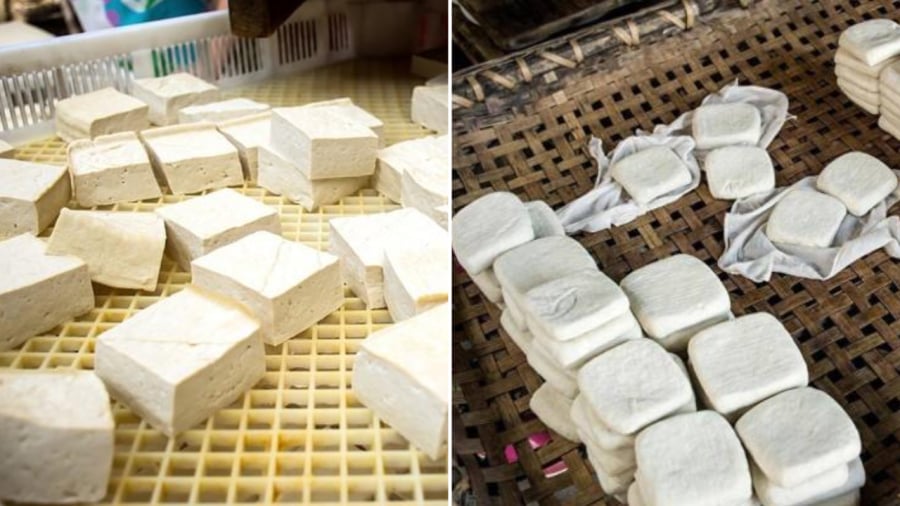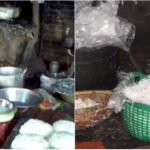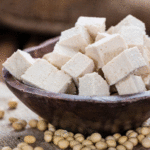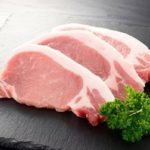Tofu is an affordable and versatile food staple in Vietnamese cuisine, easily accessible in local markets and supermarkets. High in protein, tofu is often referred to as “vegetable meat” and is a favorite among vegetarians. In addition to protein, tofu contains healthy fats, carbohydrates, vitamins, and minerals.
With tofu as the main ingredient, a variety of dishes can be created, such as fried, boiled, and stewed tofu. When purchasing tofu, it is important to be discerning to ensure you are getting a quality product. Here are four signs to look out for to identify low-quality tofu.
Excessively White Tofu
Tofu is typically made by soaking soybeans, grinding them into a paste, filtering the milk, boiling it, and adding coagulants to form curds. These curds are then pressed into blocks. Pure tofu retains the natural color of soybeans, which is off-white.
However, some manufacturers add whitening agents and other harmful additives to make the tofu appear more appealing. These additives are not only illegal but also detrimental to health. While excessively white tofu may look attractive, it does not offer any additional benefits and may even pose health risks. Therefore, it is best to avoid purchasing tofu that is unnaturally white.

Sticky Tofu Surface
Good tofu should feel soft and moist but not sticky. Sticky tofu indicates that it has been left out for too long and is beginning to spoil. Bacterial growth causes the stickiness, and consuming such tofu can lead to digestive issues as the nutrients have already been altered.
Unusual Odor
Fresh tofu made from soybeans has a natural, pleasant aroma. However, tofu that has been left out for too long will develop an unusual odor due to bacterial growth. This type of tofu is likely to contain harmful bacteria and toxins that can be dangerous to consume.
Hard Tofu
Tofu is naturally soft and delicate due to its high water content. Some manufacturers add plaster to increase the weight and profit from their product. While food-grade plaster is safe, it is expensive, so some producers use cheaper alternatives that may contain harmful substances like metals. These substances can lead to digestive issues and kidney stones.
Tofu with plaster tends to be firmer and heavier. The edges may appear yellowish, and the surface dries out quickly. Pure soybean tofu has a creamy texture and a rich flavor, while tofu with plaster feels fibrous and has a bitter taste. When fried, tofu with plaster does not attain the same fluffy texture as pure tofu.
Recognizing Noodles Containing Harmful Fluorescent Agents
“Bun and Pho, two iconic Vietnamese dishes, have been under the spotlight for food safety concerns. Unscrupulous manufacturers have been using fluorescent agents to artificially enhance their appearance, making the noodles whiter and shinier to entice consumers. This practice raises serious health concerns, as the chemicals used can be detrimental to one’s well-being. It is crucial for consumers to be vigilant and for authorities to enforce stricter regulations to ensure the safety of these beloved culinary staples.”

































